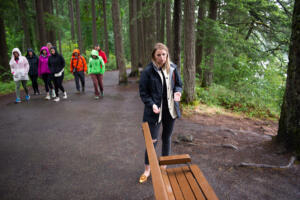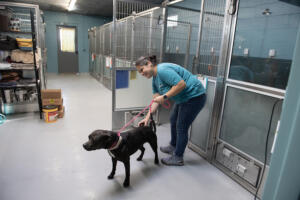The impacts of Camas’ $800,000 budget shortfall are being felt deeply in every municipal department — but the impacts don’t stop there.
Two local non-profit organizations that typically receive funding from the city are also feeling the pain. The Camas Downtown Association and the Camas Farmers Market have been stricken from the proposed 2011 budget, which is expected to be voted on by City Council next month.
The CDA has received financial support from the city since 2002 when it was known as the Downtown Vision Coalition. Working hand-in-hand with the city, the DVC was officially formed that year to oversee the implementation of several specific goals and projects intended to improve the downtown business district.
“We were very surprised,” said current DCA President Caroline Mercury, who is employed at Georgia-Pacific. “We’re not unrealistic, we knew the city had to make some difficult choices. But we were hoping there would be a token of support that we are an important part of the community.”
The city’s contributions to the Downtown Camas Association/DVC have been substantial in the past. Those numbers include $38,279 in 2010; $37,789 in 2009, $90,433 in 2008, $145,426 in 2007; $105,365 in 2006, and $59,196 in 2005.




